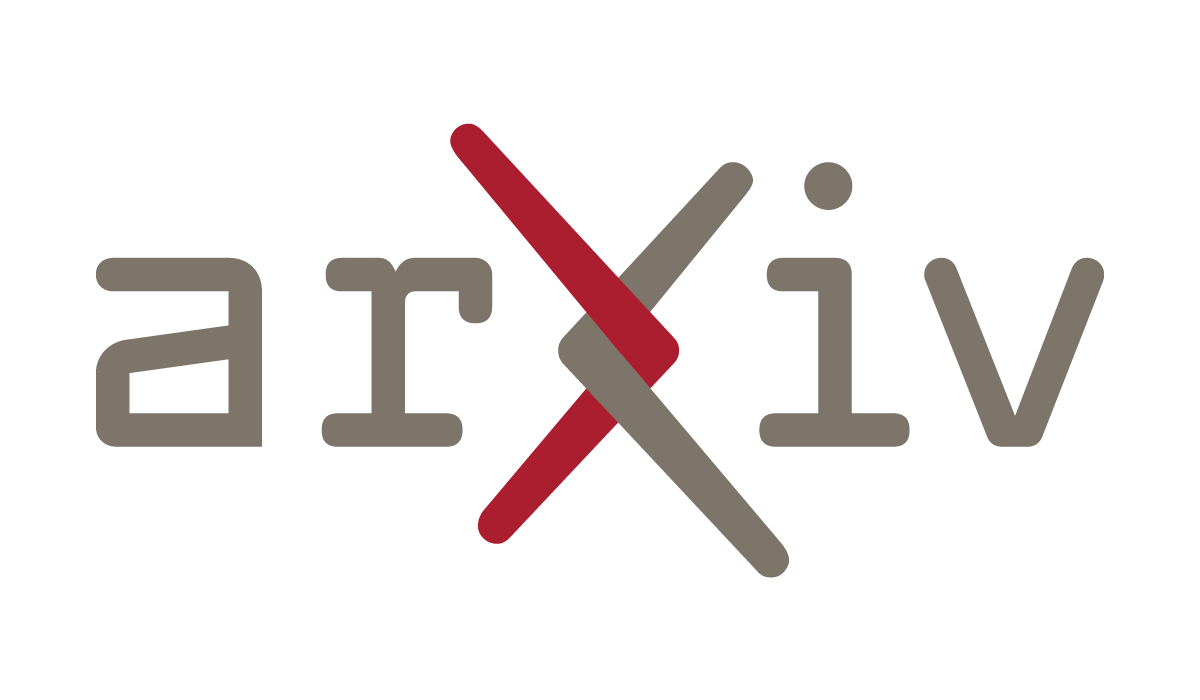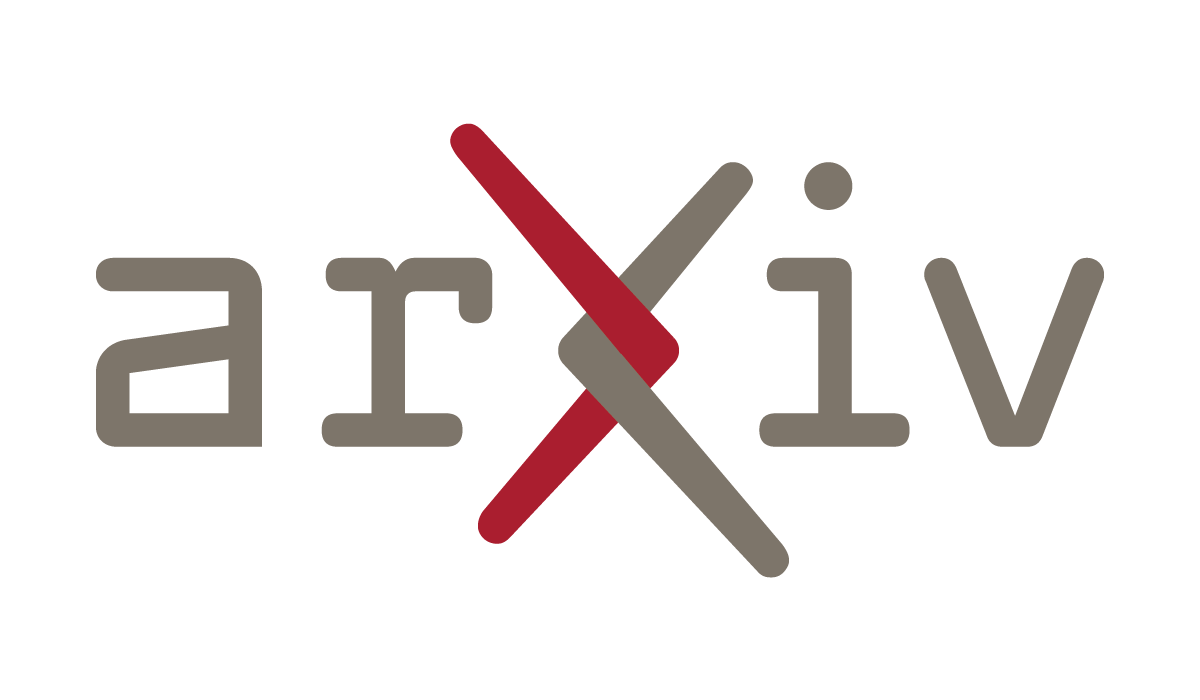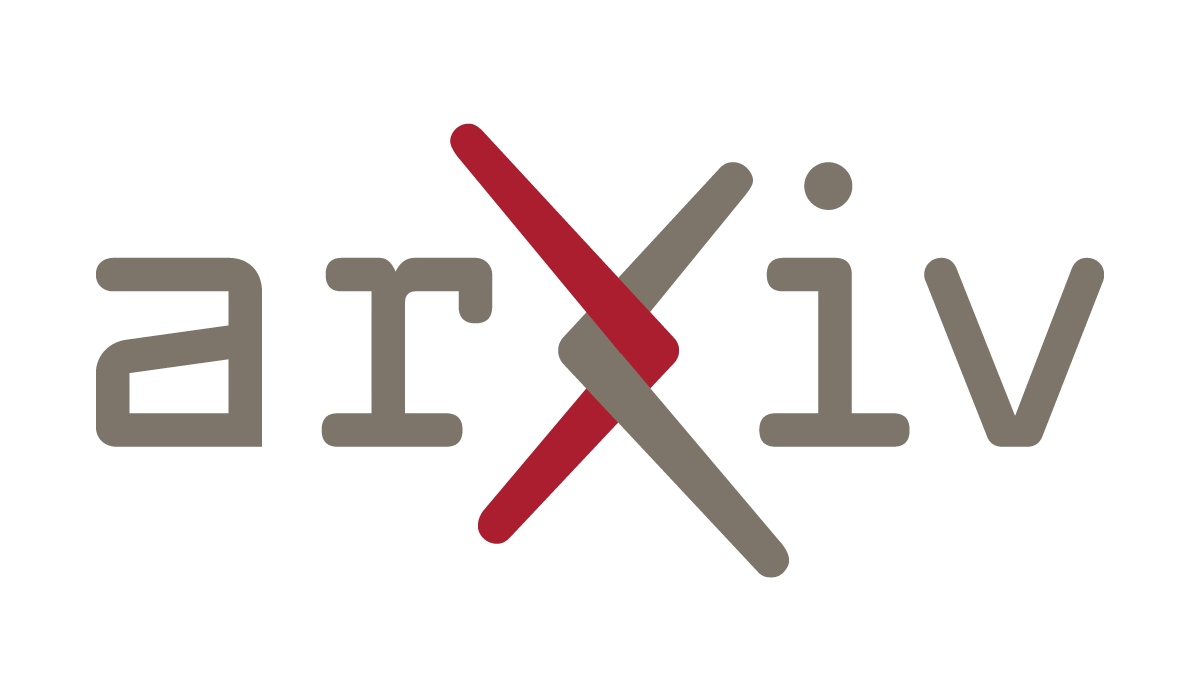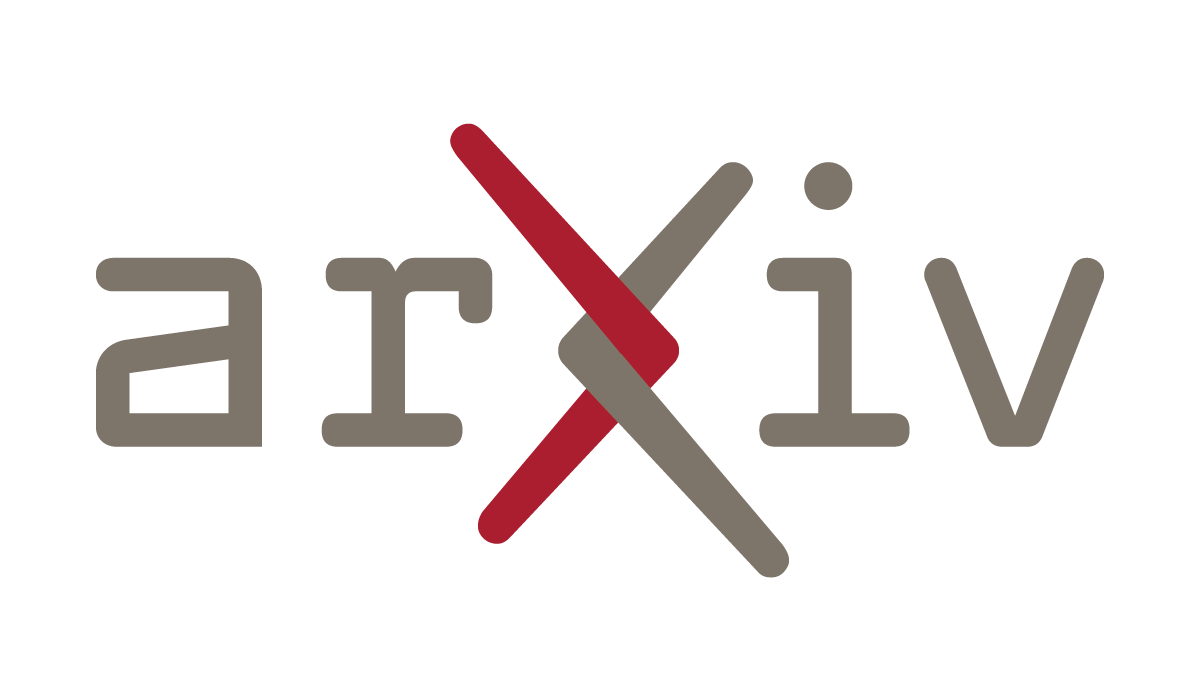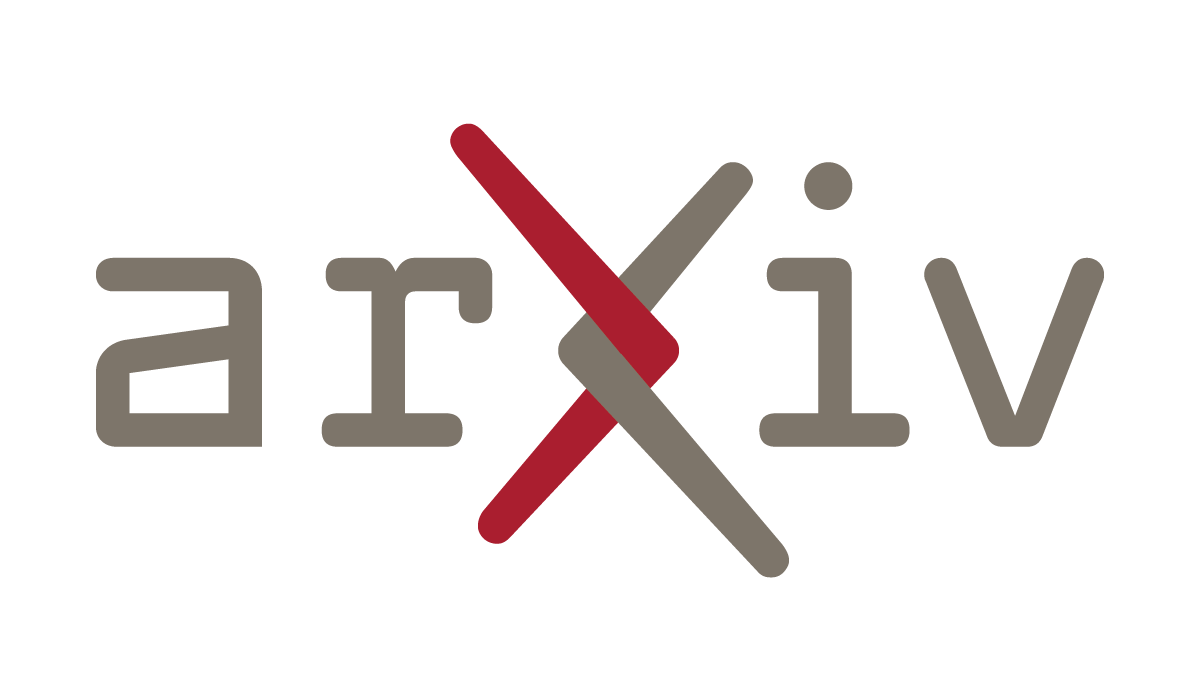2024-01-29 06:06:43
Reinforcement Learning Interventions on Boundedly Rational Human Agents in Frictionful Tasks
Eura Nofshin, Siddharth Swaroop, Weiwei Pan, Susan Murphy, Finale Doshi-Velez
https://arXiv.org/abs/2401.14923
2024-03-26 07:16:06
Enhancing Software Effort Estimation through Reinforcement Learning-based Project Management-Oriented Feature Selection
Haoyang Chen, Botong Xu, Kaiyang Zhong
https://arxiv.org/abs/2403.16749
2024-02-28 08:30:10
This https://arxiv.org/abs/2402.16063 has been replaced.
initial toot: https://mastoxiv.page/@arXiv_csCL_…
2024-04-25 19:14:34
"""
The case of One Laptop per Child shows us why it is dangerous to ignore the origins of charisma: one risks being perpetually entranced by the newest charismatic technology. This is not to say that cultural change with a technology-centric project is impossible. Still, even more realistic reforms grounded in the realities of their intended beneficiaries sometimes have difficulty gaining broad popular support outside the school unless they add a charismatic gloss of rapid, revolutionary change.
This charismatic pressure can put even open-eyed reformers in a catch-22. They must promise dramatic results to gain the social and financial support for reforms, and then they must either admit to not achieving their goals or pretend that they did achieve them. Either way, funders will declare that the project is finished and withdraw financial support, and then researchers and other observers will begin to note the discrepancies between reformers’ promises and their own observations. Thus, projects that rely on charismatic technologies are often short lived; their resources are cut off before charisma recedes into the background and before the technology becomes part of everyday classroom experience. This catch-22 has dogged efforts for educational reform, development, and cultural change — especially those funded through grants or other short-term funding — for well over a century. As the technology community moves on to the next charismatic device without learning from its failures, this will continue to hamper the possibility of real, if incremental, change.
[…] After all, charisma is ultimately a conservative social force. Even when charismatic technologies promise to quickly and painlessly transform our lives for the better, they appeal precisely because they echo existing stereotypes, confirm the value of existing power relations, and reinforce existing ideologies. Meanwhile, they may divert attention and resources from more complicated, expensive, or politically charged reforms that do not promise a quick fix and are thus less charismatic.
"""
(Morgan G. Ames, The Charisma Machine)
2024-02-28 07:21:58
Beacon, a lightweight deep reinforcement learning benchmark library for flow control
Jonathan Viquerat, Philippe Meliga, Pablo Jeken, Elie Hachem
https://arxiv.org/abs/2402.17402 …
2024-04-25 19:14:34
"""
The case of One Laptop per Child shows us why it is dangerous to ignore the origins of charisma: one risks being perpetually entranced by the newest charismatic technology. This is not to say that cultural change with a technology-centric project is impossible. Still, even more realistic reforms grounded in the realities of their intended beneficiaries sometimes have difficulty gaining broad popular support outside the school unless they add a charismatic gloss of rapid, revolutionary change.
This charismatic pressure can put even open-eyed reformers in a catch-22. They must promise dramatic results to gain the social and financial support for reforms, and then they must either admit to not achieving their goals or pretend that they did achieve them. Either way, funders will declare that the project is finished and withdraw financial support, and then researchers and other observers will begin to note the discrepancies between reformers’ promises and their own observations. Thus, projects that rely on charismatic technologies are often short lived; their resources are cut off before charisma recedes into the background and before the technology becomes part of everyday classroom experience. This catch-22 has dogged efforts for educational reform, development, and cultural change — especially those funded through grants or other short-term funding — for well over a century. As the technology community moves on to the next charismatic device without learning from its failures, this will continue to hamper the possibility of real, if incremental, change.
[…] After all, charisma is ultimately a conservative social force. Even when charismatic technologies promise to quickly and painlessly transform our lives for the better, they appeal precisely because they echo existing stereotypes, confirm the value of existing power relations, and reinforce existing ideologies. Meanwhile, they may divert attention and resources from more complicated, expensive, or politically charged reforms that do not promise a quick fix and are thus less charismatic.
"""
(Morgan G. Ames, The Charisma Machine)
2024-02-15 06:51:23
Measuring Exploration in Reinforcement Learning via Optimal Transport in Policy Space
Reabetswe M. Nkhumise, Debabrota Basu, Tony J. Prescott, Aditya Gilra
https://arxiv.org/abs/2402.09113
2024-02-18 19:11:27
Raiders to continue exploring options to trade veteran WR https://www.yardbarker.com/nfl/articles/raiders_to_continue_exploring_options_to_trade_veteran_wr/s1_14819_39983711
2024-03-15 15:19:33
Die Perle im Norden?
https://weddingweiser.de/siedlung-im-dornroeschenschlaf/
2024-02-21 06:54:16
Antifragile Perimeter Control: Anticipating and Gaining from Disruptions with Reinforcement Learning
Linghang Sun, Michail A. Makridis, Alexander Genser, Cristian Axenie, Margherita Grossi, Anastasios Kouvelas
https://arxiv.org/abs/2402.12665
